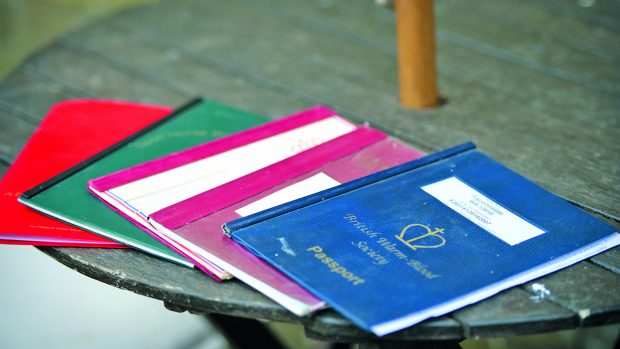British scientists have developed a new method of testing for traces of horsemeat.
The technique, developed by scientists at the Institute of Food Research, exploits subtle differences in a key meat protein.
The addition of just 1% of horse into beef, or of beef into lamb, mince is now easy to spot.
The technique also gives an estimate of how much unlabelled meat is concealed in the product.
“It competes very well with DNA testing for things like heavily processed foods and is also quantitative in a way that DNA tests are not,” said Dr Kate Kemsley, who led the year-long development of the test.
The red colour of meat is due to a protein called myoglobin.
Proteins are made up of amino acids, and. The myoglobin of beef, for example, differs from that of horse by 18 amino acids.
This means that if beef and horse proteins are broken up in the same way, researchers can detect these small differences in amino acid composition by measuring the respective mass of protein fragments within a sample.
This is the basis of the new test. Protein extracted from a meat sample is chemically chopped into fragments, called peptides, using an enzyme.
The peptide “soup” is fed into a mass spectrometer, which is tuned to measure the masses of only a handful of selected peptides. If a burger contains only beef, only beef peptides will appear. But if any horse meat is present, some horse peptides will also show up.
Related articles:
- Three charged following horsemeat investigation
- Up to 50,000 horses ‘disappeared’ during horsemeat scandal
- Restaurant fined for selling horsemeat as ‘zebra’ steak
The entire procedure takes around two hours.
Dr Kemsley is now working on a two-year project, funded by the EU, to see if the technique can be extended to multi-ingredient and heavily processed foods.
This work is being carried out with partners in Germany and Poland.



